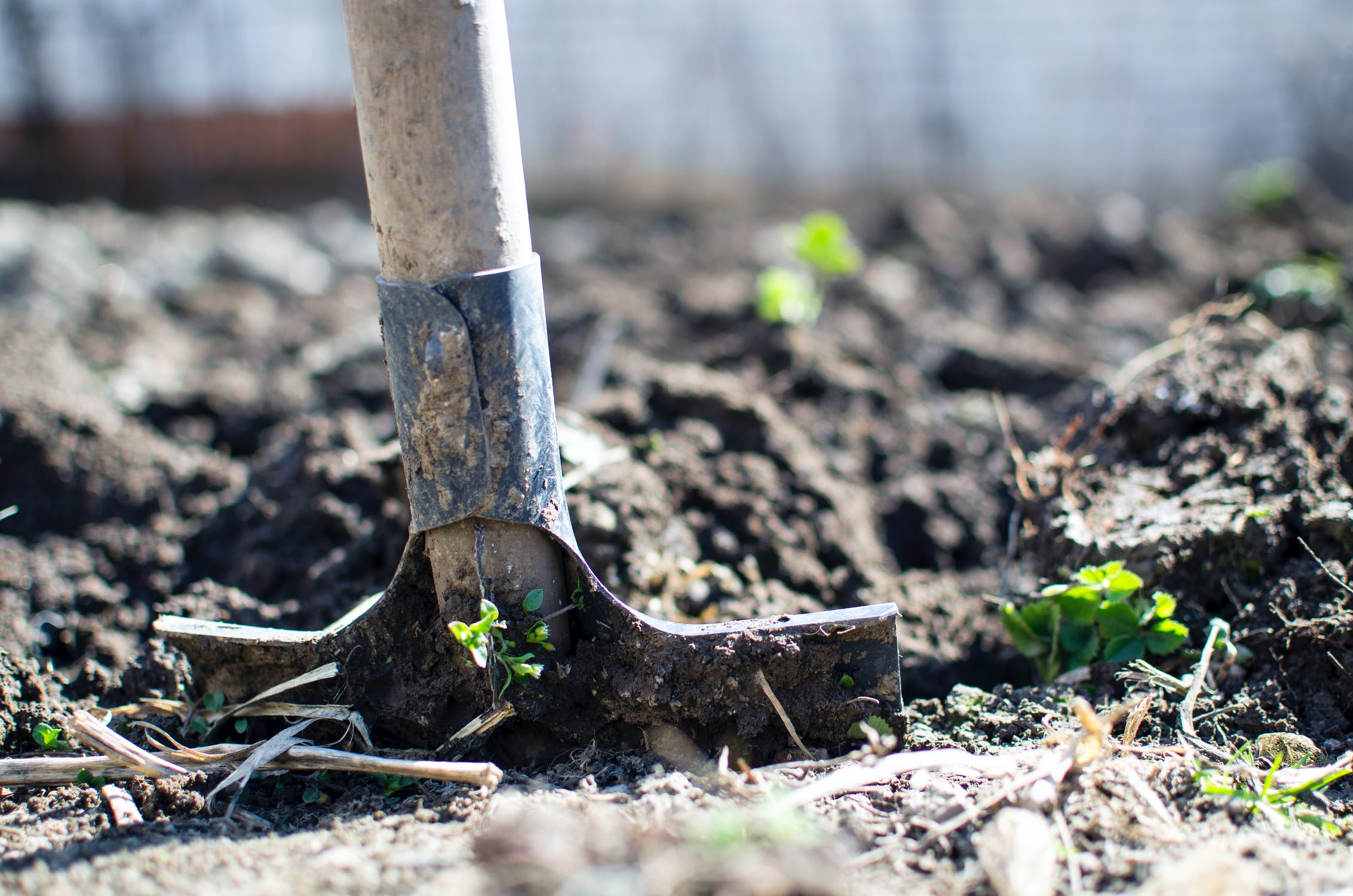In this article, Microbiologist and R&D Manager, Dr. Uwe Stroeher talks about transplanting your plants and what role soil microbes play.
It might seem strange to think about this in August, but before we know it, the weather will warm up and then it’s really too late to move many plants. The stress of moving them, together with the potential for a very warm day or two is probably is not worth the risk to wait too much longer.
So before the weather warms up too much, it is an ideal time to either move plants or plant out. When relocating plants, people often consider things like the roots and perhaps trimming off some of the leaves so that the root system can sustain the plant, but I would guess that almost nobody thinks about the soil microbes and the role they play in a plants ability to recovery and establish itself.
We know that plants have a very specific microbiome which really just means that different plants in differing soils have varying bacterial and fungal populations – very much like a human’s specific gut microbiome. You may think “so what”, but plants spend a lot of resources recruiting and selecting the exact microbes they require, and these are found in the soil around the roots.
So when transplanting, you should consider taking some of that soil to the new location. I know that the root ball becomes very heavy but a couple of buckets taken with the plant will help. I was giving a talk to a group of horticulturalists at the Botanic Garden, and they mentioned that sometimes when they transplant saplings from difficult to grow and rare trees, they often don’t do so well when positioned away from the mother plant. So I advised them to take as much of the native soil as possible – in this way you transplant the microbes along with the plant. The feedback was that it made a huge difference.
These soil microbes function to establish the plants in the new location by stimulating new roots. Also, when plants are damaged, they are more prone to infection, so these microbes you take with the plant also help to fight pathogens.
What if you can’t move much of the soil to a new location?
There is one alternative and that is to water the moved plants in with GOGO Juice. Firstly, it contains a seaweed extract which helps with transplant stress. It also contains natural plant growth hormones, but perhaps most important is that it is a probiotic for your soil. GOGO Juice contains about 400 different soil microbes, so in effect its use helps to re-establish that diversity in the new location. Over time, the plant will then select those best suited for its growth and health. Think of GOGO Juice as a Yakult for your soil and plants.

To receive our recommended Year-Round Fertilising Programmes delivered to your inbox as well as keeping up to date with Neutrog’s community news, inspirational stories from home gardeners and new product developments, join the Pooh Bah Club and we’ll email you our monthly newsletter. It’s free to join and you can unsubscribe at any time. We promise not to bombard you with emails!

